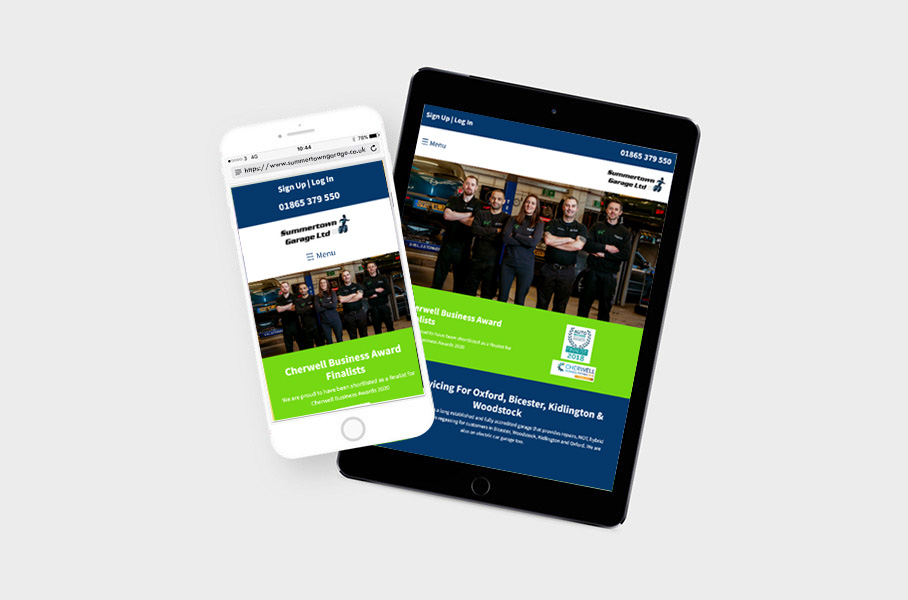In the vast online landscape, search engines serve as the gateway to your blog. Ensuring that your blog posts are optimised for search engines is essential for increasing visibility, attracting organic traffic, and growing your audience. Search Engine Optimisation (SEO) techniques play a crucial role in making your content discoverable and rank higher in search engine results. Here are some key strategies to optimise your blog posts for search engines and boost your online presence.
Conduct Keyword Research
Keywords are the foundation of SEO. Begin by identifying relevant keywords and phrases that are commonly searched for in your niche. Use keyword research tools to explore popular search terms and their search volume. Incorporate these keywords naturally into your blog post titles, headings, subheadings, and throughout the content to help search engines understand the topic of your post.
Craft Engaging Titles and Meta Descriptions
The title and meta description of your blog post serve as the first impression for search engine users. Create compelling, concise, and descriptive titles that accurately represent the content of your post. Include relevant keywords in your title, as search engines often give them significant weight. Additionally, write informative and enticing meta descriptions that encourage users to click through to your blog.
Optimise Your URL Structure
The URL of your blog post should be clean, readable, and contain relevant keywords. Use hyphens to separate words in the URL, making it easier for search engines to understand the context. Avoid using random strings of numbers or special characters in your URLs, as they provide little value and can confuse search engines.
Write High-Quality and Relevant Content
Producing valuable, well-written content is essential for both readers and search engines. Create blog posts that are informative, engaging, and relevant to your target audience. Use headers, subheaders, and bullet points to structure your content, making it easy to read and scan. Incorporate keywords naturally throughout the content, but avoid keyword stuffing, as it can negatively impact your search engine rankings.
Optimise Images
Images not only enhance the visual appeal of your blog posts but also contribute to SEO. Optimise your images by using descriptive file names and adding alt tags that include relevant keywords. Compress the images to reduce their file size, which improves website loading speed—a factor that search engines consider when ranking web pages.
Build Internal and External Links
Link building is an essential SEO practice. Include internal links within your blog posts to direct readers to other relevant content on your website. This helps search engines understand the structure of your site and improves user navigation. Additionally, seek opportunities to acquire external links from reputable websites. These backlinks signal to search engines that your content is valuable and trustworthy, which can positively impact your search engine rankings.
Optimise for Mobile Devices
With the increasing use of mobile devices, optimising your blog posts for mobile is crucial. Ensure that your blog is responsive and displays correctly on various screen sizes. Mobile-friendly websites are prioritised by search engines, and a positive user experience on mobile devices can improve your search engine rankings.
Promote Social Sharing
Encourage readers to share your blog posts on social media platforms by including social sharing buttons. When your content is shared, it increases its visibility and potential for backlinks, which can improve your search engine rankings. Additionally, engage with your audience on social media to foster connections and expand your reach.
In conclusion, optimising your blog posts for search engines is a fundamental aspect of successful blogging. By implementing SEO strategies such as keyword research, crafting engaging titles and meta descriptions, writing high-quality content, optimising images, building links, ensuring mobile-friendliness, and promoting social sharing, you can enhance your blog’s visibility and attract a larger audience.

